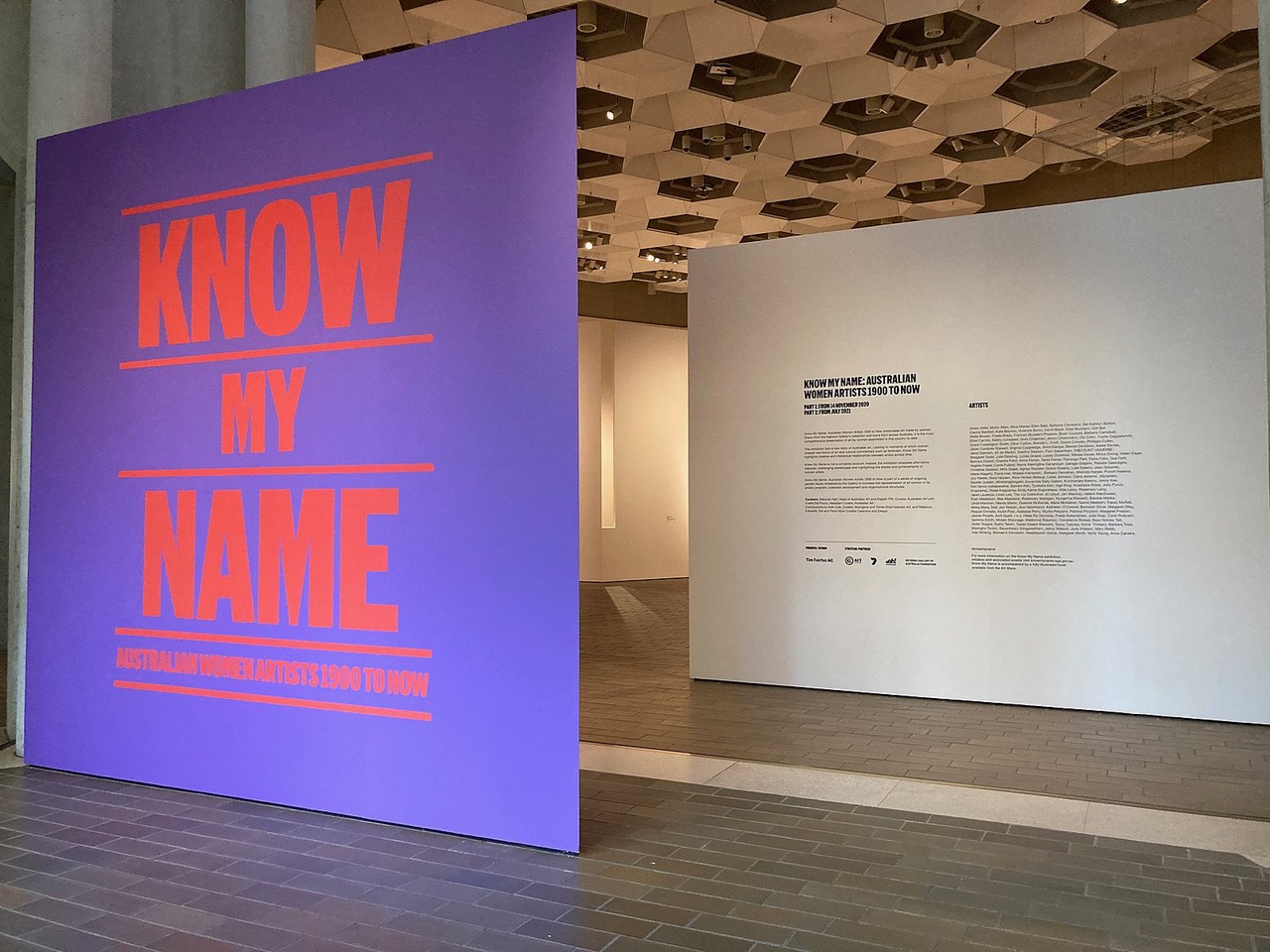National Gallery of Australia – Botticelli to Van Gogh

Claiming that there is an overboarding array of world class art spaces on terra australis would be a bit of a bold statement, however, the ones that have established themselves on a grander scale, can take it up with the best of them.
We have covered our favourite third space MONA and its ever evolving incarnations and reinventions numerous times, regularly cover both the excellent exhibitions at the NGV in Melbourne as well as the AGNSW in Sydney and make sure to pay a visit to GOMA whenever I am holding court in Brisbane.
The one that so far got away is The National Gallery of Australia (originally the Australian National Gallery), i.e. the national art museum of Australia and it was only for the reason that apart from hit-and-run work visits, I never spent any real time in Canberra that I could not afford to check it out first-hand.
Reason enough for a dedicated trip to the NGA to explore the institution that was originally incepted in 1910, with construction finally commencing in the early 1970s before it finally incarnated in 1982 with over twenty thousand square meters of floor space spread over three levels, housed inside a building based a raw concrete, angular brutalist architectural concept.
With the curatorial focus of the NGA’s international collection firmly set on late 19th-century and 20th-century art, the current Botticelli to Van Gogh: Masterpieces from the National Gallery, London exhibition offered a welcome complementary opposite as it allowed the opportunity to feast one’s eyes on the artistic emissions of the old masters via more than sixty works ranging from portraits to landscapes, spanning a period of over five hundred years.
Being the first major exhibition since the pandemic hit, the show had been on hold for quite a while and with logistical and other obstacles to be overcome, anticipation was running high.
It was a fantastic experience to freely roam a gallery again, let alone for the fact that every room of the Botticelli to Van Gogh exhibition is paved with masterpieces, each of which demands to be savored in a dedicated manner.
Needless to say, Van Gogh’s extraordinarily luminous Sunflowers painting is the pinnacle of the exhibition, however, NGA’s thoughtful approach to curation ensures that each component imparts a vision for the respective school of art period and time as you move chronologically along, as the subject matter of the artworks gradually becomes more secular and diverse, taking welcome detours from bible scenes and religious content, which the first segment is focused on.
The order and arrangements of the paintings along with the nicely orchestrated lighting transports one into a realm inspiring a veritable emotional connection.
After recently covering the immersive Claude Monet experience in Sydney with projections of his pieces, it was fantastic to revel in his lyrically beautiful Water-Lily Pond, which flanks Van Gogh’s Sunflowers on one side.
Experiencing the piece in the third dimension, it does not come as a surprise that what Monet pioneered was to spark what was to become an art movement in itself, i.e., Impressionism, to which the NGA dedicated an exclusive exhibition in 2019, which I unfortunately missed. I am glad though that I got to revisit Monet’s evolution and his influences through NGA’s catalogue Monet: Impression Sunrise, which in partnership with the Parisian Musée Marmottan chronicles how his artistic approach was broadened.
Apart from works by Cézanne, Degas and Renoir, which illuminate the final room framing Van Gogh, a personal highlight of the exhibition was to lose myself in JW Turner channelling his alchemy in depictions of light and colour as he captures Ulysses deriding Polyphemus – Homer’s Odyssey, reflecting natural beauty in his idiosyncratic ways.
Another awe inspiring experience is taking in Rembrandt’s self-portrait from 1659, which sees him incarnate in a dignified pose with gravitas reminiscent of Raphael’s trademark posturing.
Summa summarum, NGA’s Botticelli to Van Gogh exhibition is an example par excellence for the fact that the true beauty of art can only be partially experienced through virtual means.
For the ones not fortunate enough to attend, there is at least NGA’s opulently illustrated accompanying exhibition catalogue, substantiated with insightful essays and contextualising commentary.
We shall definitely be back on not only to catch NGA’s upcoming exhibitions but to spend ample time exploring how their Know My Name initiative is travelling, which is aimed at celebrating the art of Australian women artists by featuring exhibitions and creative collaborations that highlight the talent and work of women artists in a bid to ensure gender parity.

---
images from gallery website